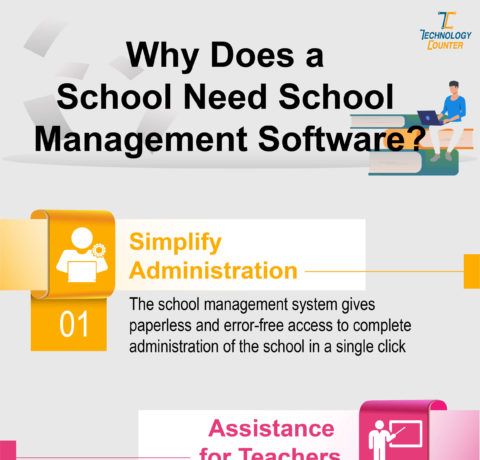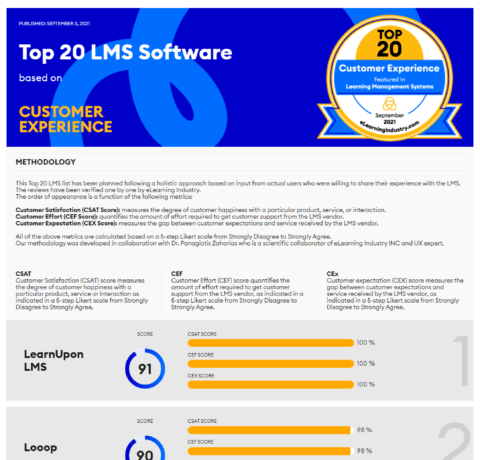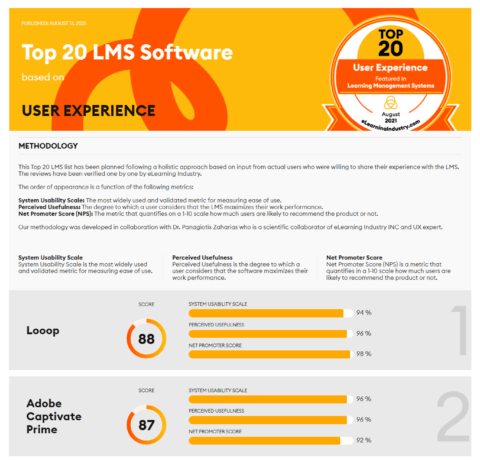Cloud Computing in Education
An emerging trend in the rapidly evolving technology world, cloud computing has already made a significant impact onto the modern education sector. Even though most people still find the concept quite confusing, educational institutions worldwide have embraced the new technology in most critical processes such as admission, collaboration, teaching and, of course, learning.
How educational institutions use the cloud
The infographic explains what cloud including really means and exemplifies its use via its three basic platforms: SaaS, IaaS and PaaS. Furthermore, some of the most popular cloud providers are listed along with the packages they offer to the educational institutions. According to the freshest reports, the number of institutions that currently use these packages are listed. This is mostly because these packages include some advanced computing services at prices that are specifically designed for educational institutions. Therefore, the cloud represents the efficient way for the sector to advance using powerful technologies.
Cloud Computing in Education Benefits and Disadvantages
Despite all the benefits the cloud may bring, many educational institutions fight to overcome potential difficulties related to its adoption. These are mostly related to the fact that not all the necessary application run in the cloud, security risks associated with the cloud, standards adherence, and the like.
Emerging Trends in Education
Finally, probably the most interesting aspect covered by the infographic is the section where the applications of cloud technology are explained in relation to the modern learning trends. Namely, the three trends that seem to have emerged with the development of web technologies are mobile learning, massive open online courses (MOOCs) and online language learning. The infographic also describes the major motivation students have to become a part of these trends.







You can adjust your cookie preferences here.